Bridging the social distance
In this structural engineering Masterclass, Tim Lucas is challenging you to build a 2 metre long bridge made from recycled materials you can find at home.
To get started, watch the video above and then read the project brief below to find out more about the structural engineering concepts that will help you to design your bridge.
When you’ve completed the project, send us a photo of your bridge – Tim would love to see what you come up with!
The Task
We’ve heard a lot in the news about staying 2 metres away from other people. The challenge of this Masterclass is to make a bridge that can span this now well-known distance of 2 metres.
Bridges must carry loads and we will test our bridges with tins of baked beans (or other tinned food) to see how strong they are.

The basic rules
The bridge will span between two chairs, these could be dining chairs, desk chairs or chairs from the garden. The bridge must span between the front edge of each chair.
The bridge can be attached to the chair, but the chair can’t be attached to the ground. It has to just sit on the floor. You are allowed to have people sit on the chairs whilst you test your bridge.
What you need
Materials
We will build our bridges from waste packaging. This could be everything from the insides of toilet rolls to drinks bottles, or cereal boxes. You shouldn’t use anything that is made from glass and you should clean anything that has left over food on it before it is used in your bridge structure.
Fixing together
Unless you have some very big bits of packaging, you will see that the 2m gap between the chairs is bigger than the bits of packaging that you have to build your bridge with.
A big part of what engineers do is working out how to fix things together and to transfer load from one piece of structure to another. You can use tape or glue to hold your structures together, or you could cut and slot your pieces of packaging so they hold themselves together by interlocking.
You can think of each piece of packaging that you have as an element of structure. Each part needs to be connected to another so that the load from your baked bean cans can be transferred through your structure and into the supporting chairs.
Types of structure
In the accompanying film, Tim talked about some different types of structure. There are three different ways these structures can carry load:
- Loads can be carried as compression – the parts of the structure that are squashed together.
- Loads can be taken in tension, where the elements of the structure are pulled apart.
- Finally, loads can be taken in bending. This means that they literally bend to carry the load, like bending a ruler.
Compression-based structures are things like arches and domes. They are often made from materials like stone and concrete. They rely on the different parts of the structure pushing against each other to transfer load from where it is applied to the structure, down into the ground. For example:
Ancient stone arch bridge
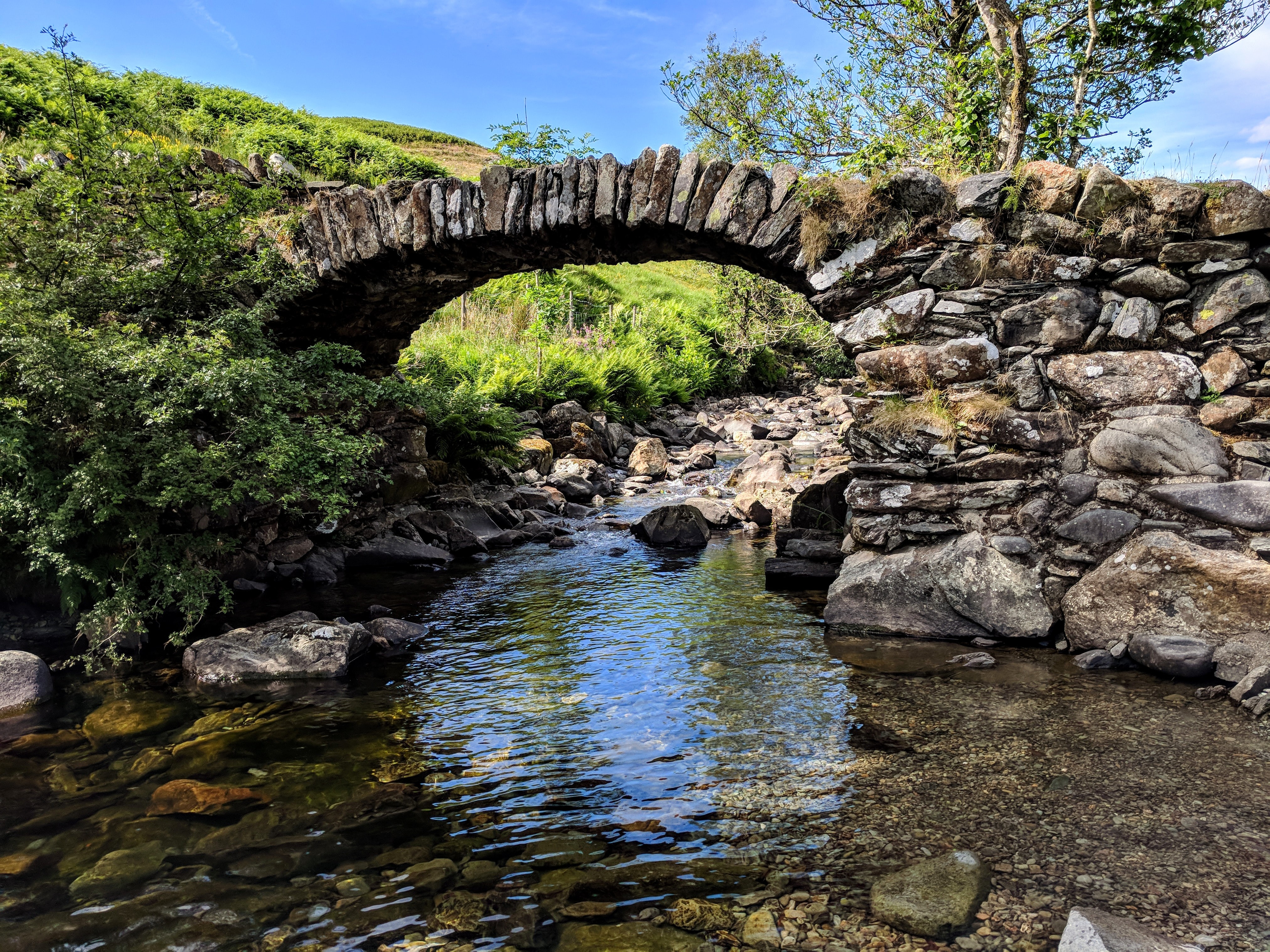
Tamina arch bridge, Switzerland
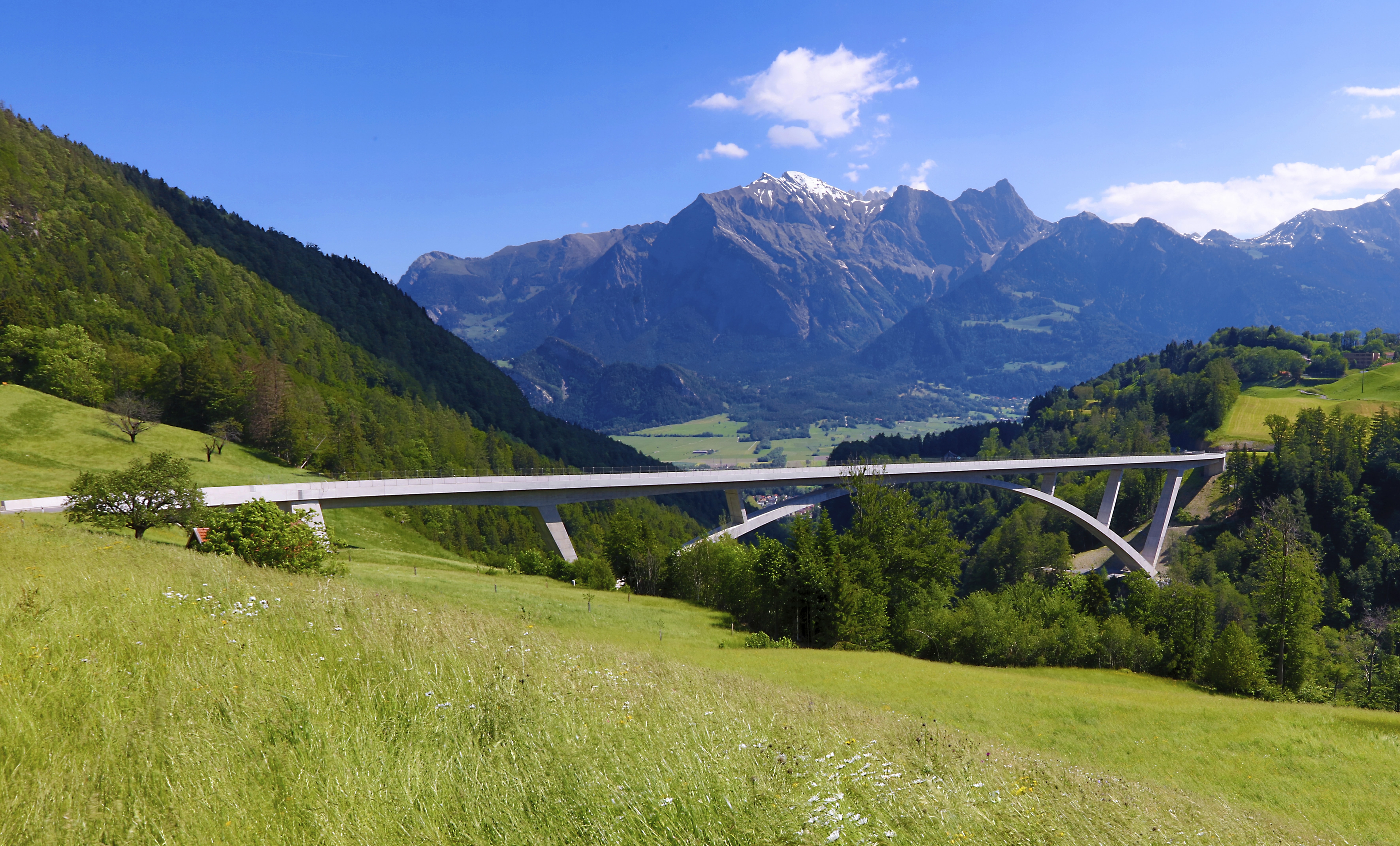
Photo by Ricardo Gomez Angel on Unsplash
Tension based structures often use cables and chains to suspend the structure. The cables are often attached to the tops of masts. Examples include suspension or cable stayed bridges:
Cable stayed bridge – Millau Viaduct, France
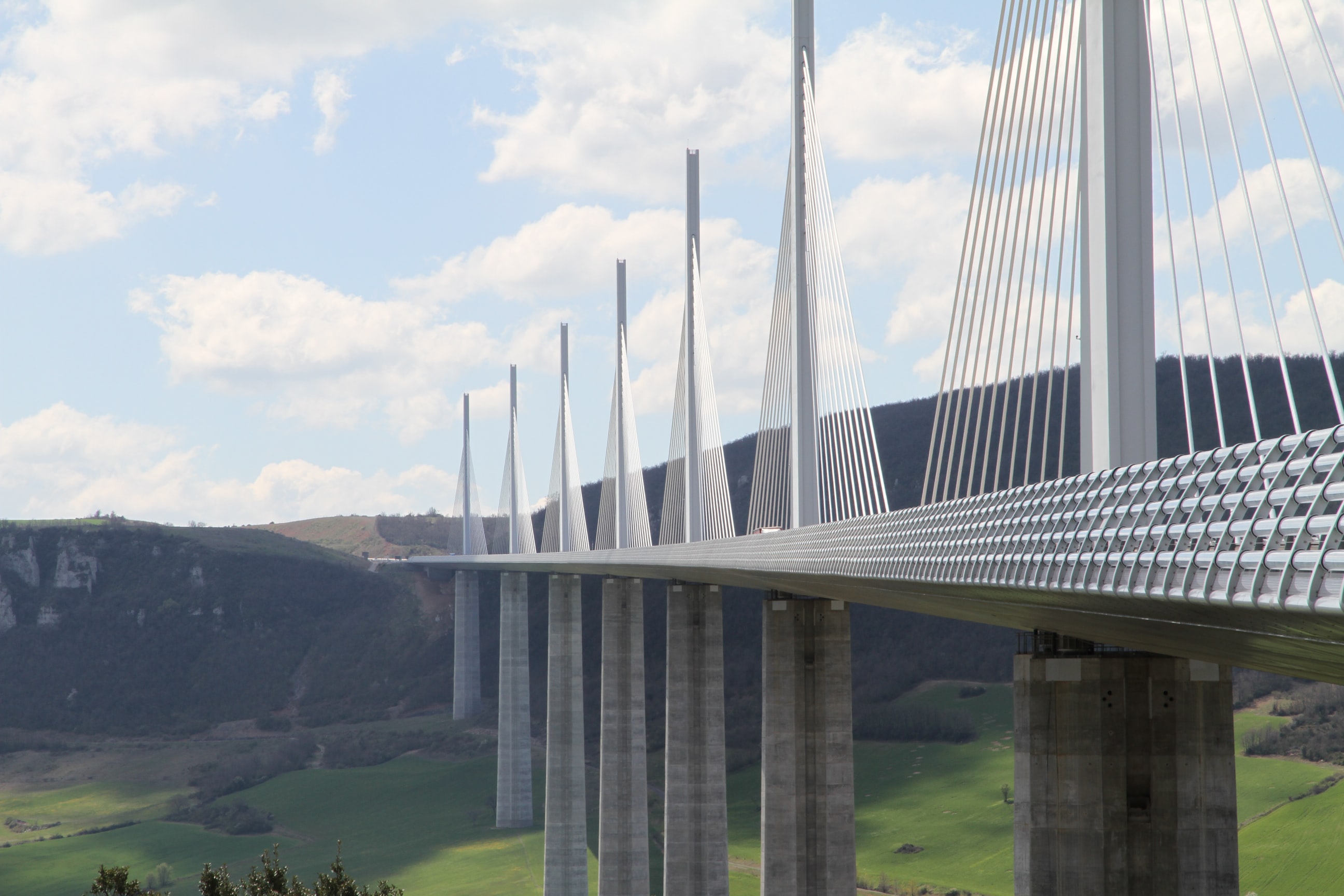
Photo by Luca Onniboni on Unsplash
Suspension bridge – Clifton Suspension Bridge, Bristol

Photo by Nathan Riley on Unsplash
Bending structures use beams or trusses to carry the load. Trusses work in similar ways to beams but instead of being a solid object, they are made up of triangles. These triangles are rigid and connecting them together forms a trussed structure. For example:
Truss bridge
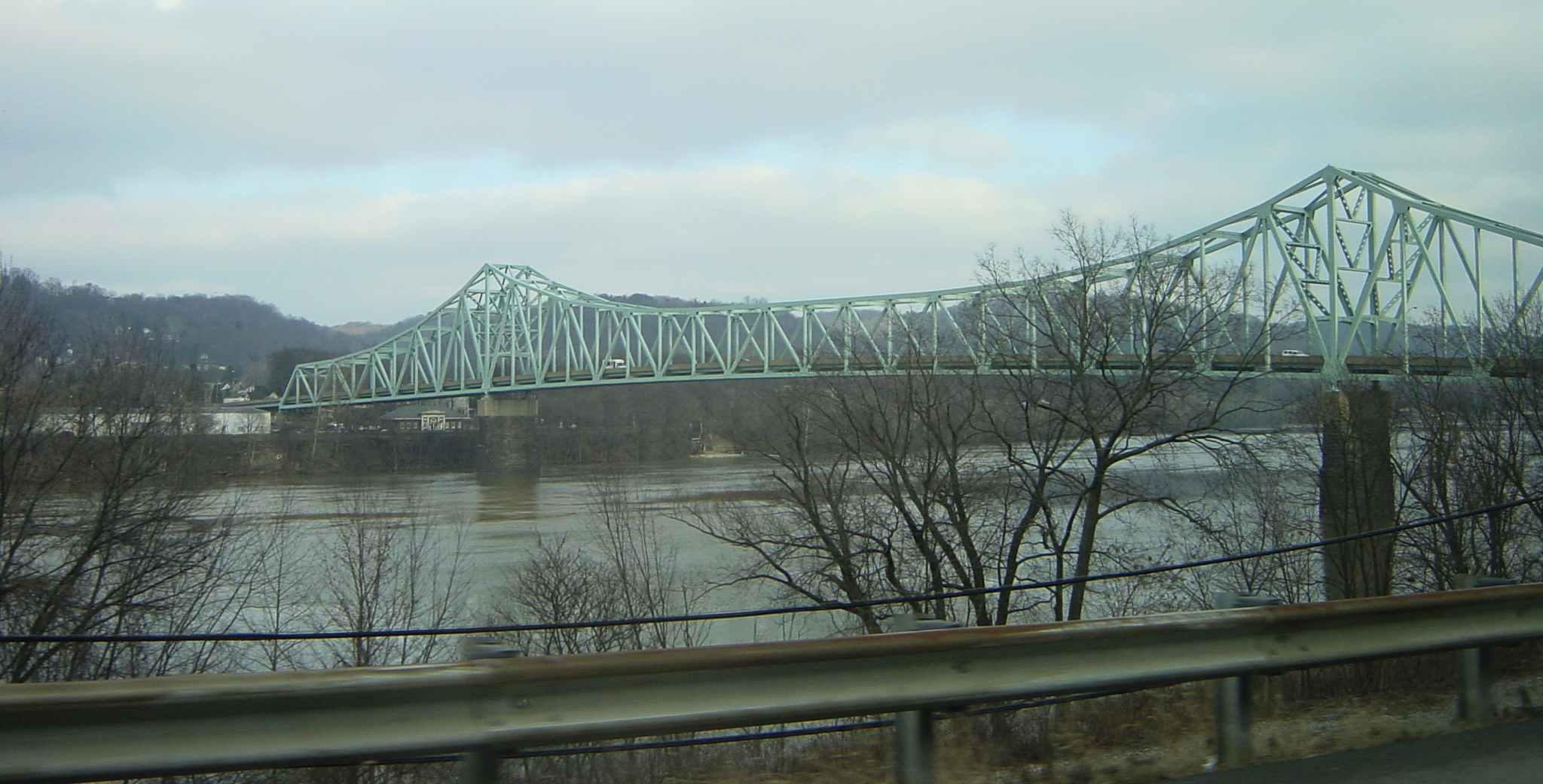
Beam bridge
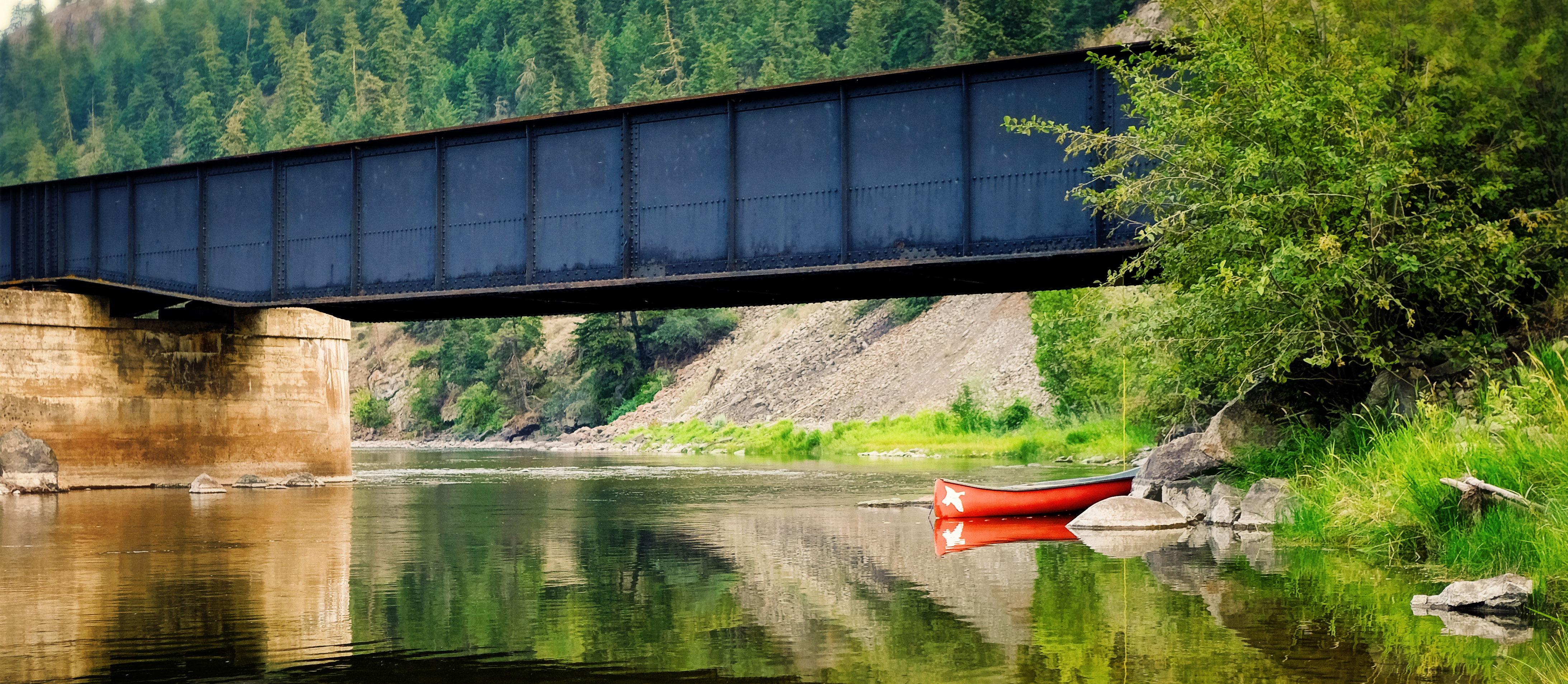
Please send us images of your bridge! Tim would very much like to see how you’ve responded to the challenge!
Tim Lucas MEng CEng FIStructE
Tim is a creative and innovative thinker, and an expert on digital fabrication and design for manufacture. For Tim, the most interesting solutions often come from getting a synergy from how a material behaves, and how it can be fabricated to create a simple unfussy structure: A belief exemplified in many of the artworks he has had a hand in, where the engineering aim is to make each piece structural and self-supporting.
In 2015 Tim was the recipient of the IABSE Milne Medal, awarded to an individual engineer for excellence in structural design, both in the overall concept and in the attention to detail in their work.
Price & Myers
Price & Myers is a consulting civil and structural engineering practice established in London in 1978.
“Our aim is to work with good imaginative architects, to make excellent buildings. In our first 41 years we have completed over 29,000 projects and won over 800 design awards.”
They have offices in London, Nottingham, and Oxford, and currently employ about 185 people